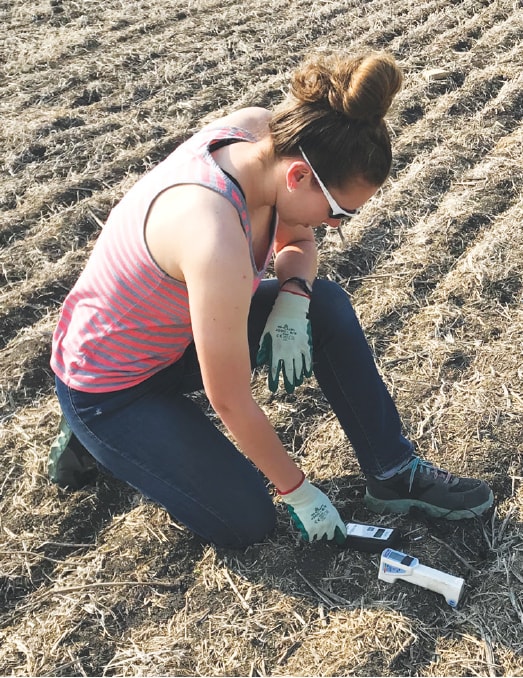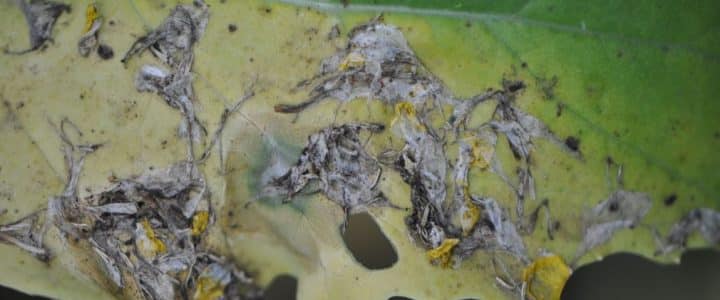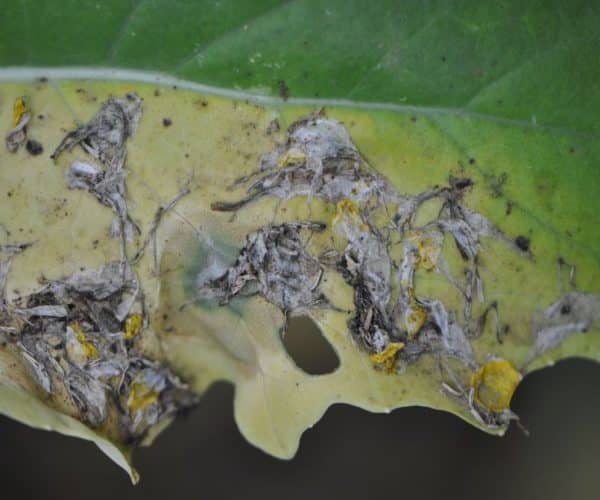Sclerotinia stem rot disease is a major disease of canola in Canada. It is caused by the fungus Sclerotinia sclerotiorum, but unlike many of the other canola diseases, favourable environmental conditions have a disproportionally high impact on the development of this disease. The strong impact of weather prior to and throughout flowering period, when canola is most susceptible to infection, makes it very difficult to predict the severity and incidence of infection. This also makes it challenging to know whether a fungicide application is necessary or not. Therefore determining effective strategies for improved management of this disease are very important and still needed.
A project led by Paul Bullock called weather-based assessment of sclerotinia stem rot risk found that weather plays a critical role in the timing of sclerotinia spore release in canola, but that the exact factors that trigger the release are unknown.
The study showed very similar canopy air temperatures in the high, medium and low density plots, but the low density plots displayed significantly lower relative humidity. However, that variation in canopy relative humidity alone was not sufficient to create differences in ascospore levels. Increasing average wind speeds showed an increase in ascospore concentrations in most cases, but this effect was slight.
Field history is a factor in overall disease incidence, but does not affect timing of ascospore release.
Moisture is likely the key factor, but this study could not isolate this factor. Ascospore production was not increased where a misting system was used to maintain leaf wetness in comparison to non-misted canola. This may have been a result of the wet growing conditions when the misting system was in use.
Use ‘sclerotinia’ in the keyword search on the Canola Research Hub homepage to find other completed research examining and addressing various challenges related to sclerotinia management in Canada.

To learn about ongoing sclerotinia stem rot research, check out these projects:
- Improving the management of sclerotinia stem rot of canola using fungicides and better risk assessment tools
- Biopesticides as a novel management strategy for sclerotinia in canola
- Pre-breeding lines combining canola quality with sclerotinia resistance, good agronomy and genomic diversity from PAK93
- An on-farm approach to monitor and evaluate the interaction of management and environment on canola stand establishment and disease development
- This project, which is pictured on the right, is an observational study using data collected directly from producers’ fields to examining how management decisions and environmental conditions interact to affect canola emergence and seedling development as well as disease (sclerotinia and blackleg) development. This project, which started in 2020 by Christiane Catellier, investigates several inter-correlated factors simultaneously and determines how field conditions can affect the outcome of management decisions.
Published March 12, 2021









